Today’s #kanji is #末, which is a logogram consisting of 木 (a tree) and a line in the upper part,…
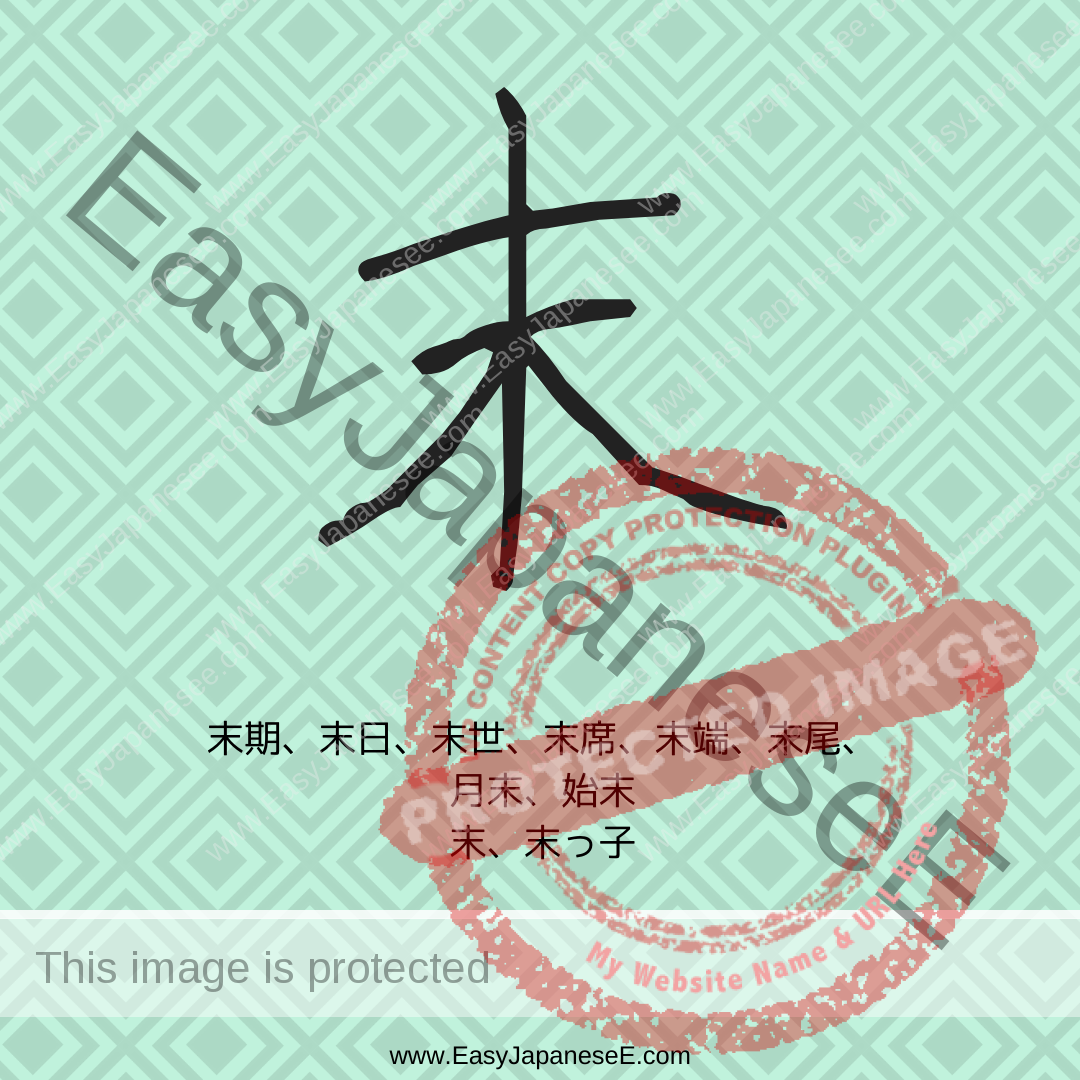

Today’s #kanji is #末, which is a logogram consisting of 木 (a tree) and a line in the upper part,…
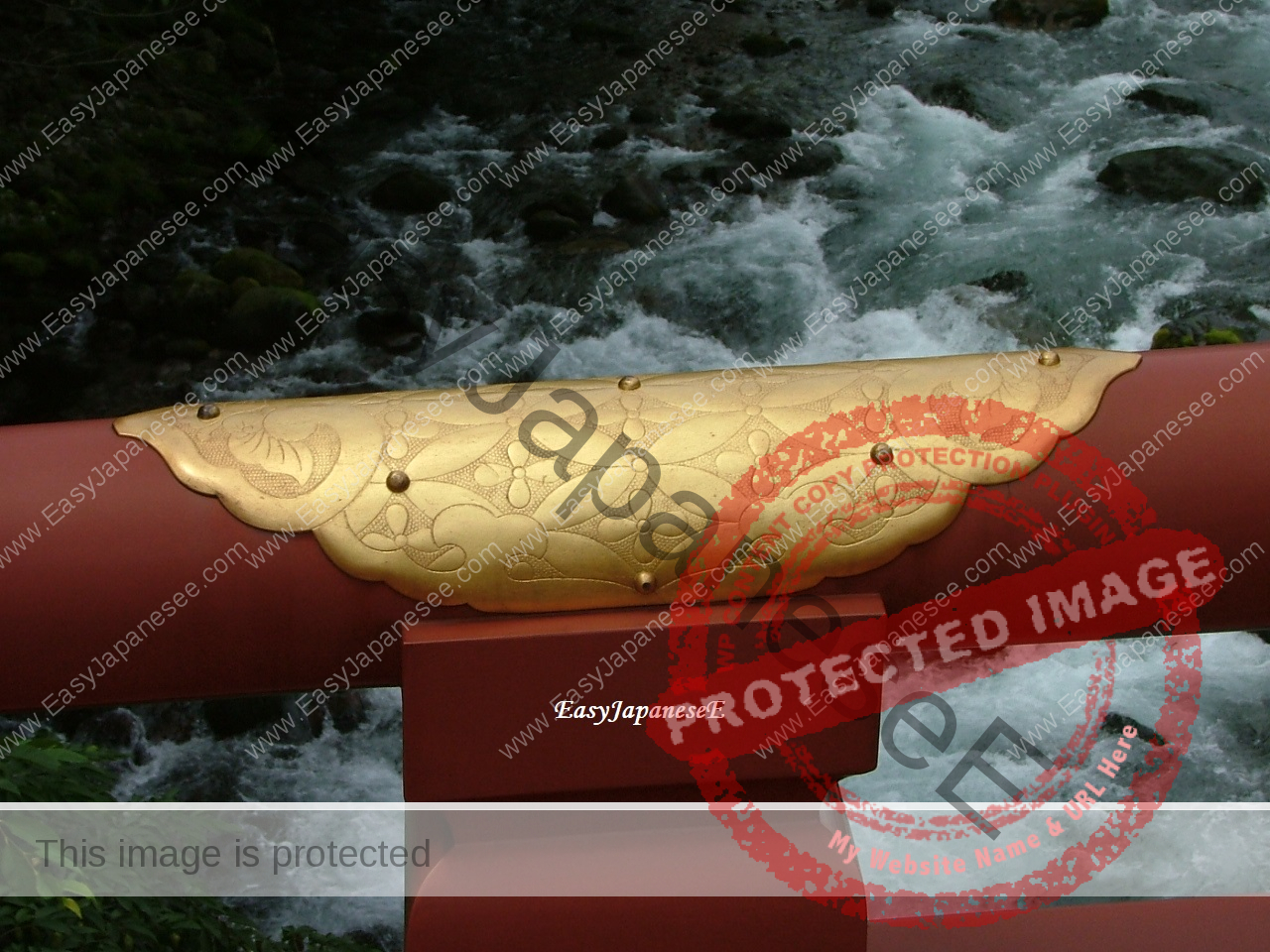
In the post, いadjectives and なadjectives, I explained that there are 2 different kind of adjectives and that they behave…
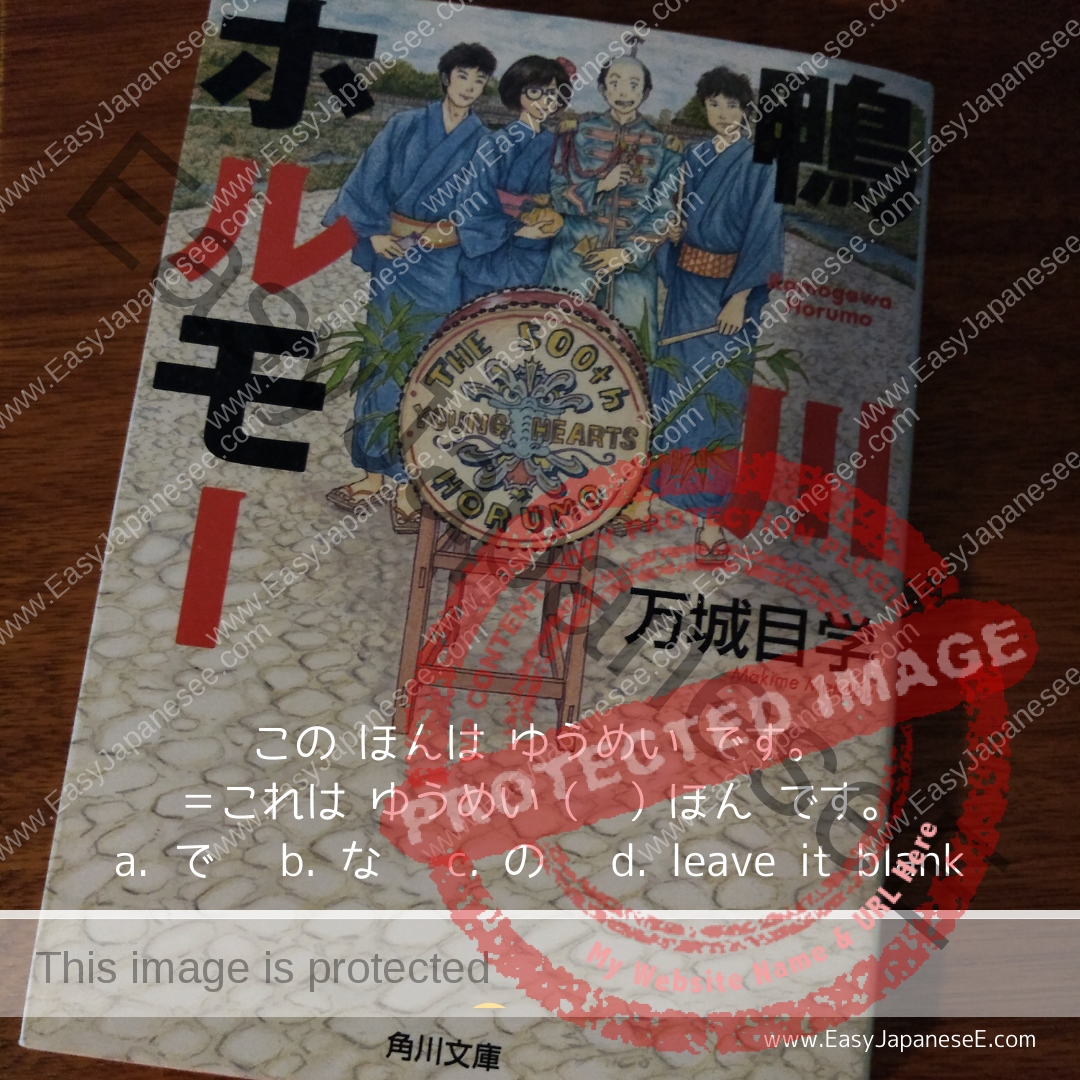
This post talks about the difference between いadjectives and なadjectives as well as この vs これ.

Today’s Grammar Point: あまり(に/にも)~と / あんまり(にも)~と Connection あまり(に/にも) [いadj] と: if too ~あまり(に/にも) [なadj] だと: if too ~あまり(に/にも) [verb] と: if ~ excessively…

Today’s Grammar Point: あまり~ない / あんまり~ない Connection あまり [いadj] ない: not very ~あまり [なadj] ない: not very ~あまり [verb] ない: not very…

Today’s post is about the expression あまりの~に…, which means because of excessive ~, …. Read example sentences and get the feel of its usage.

Today’s Grammar Point: あまりに(も)~ Connection あまりに(も) [いadj]あまりに(も) [なadj]あまりに(も) [verb] Possible English Translation so ~ that ・・・too ~ to ・・・ (when…

Today’s Question What would you put in the blank to make both sentences mean the same?とても感激かんげきして、泣ないてしまった。感激かんげきの___、泣ないてしまった。 Today’s Grammar Point: ~あまり、・・・…
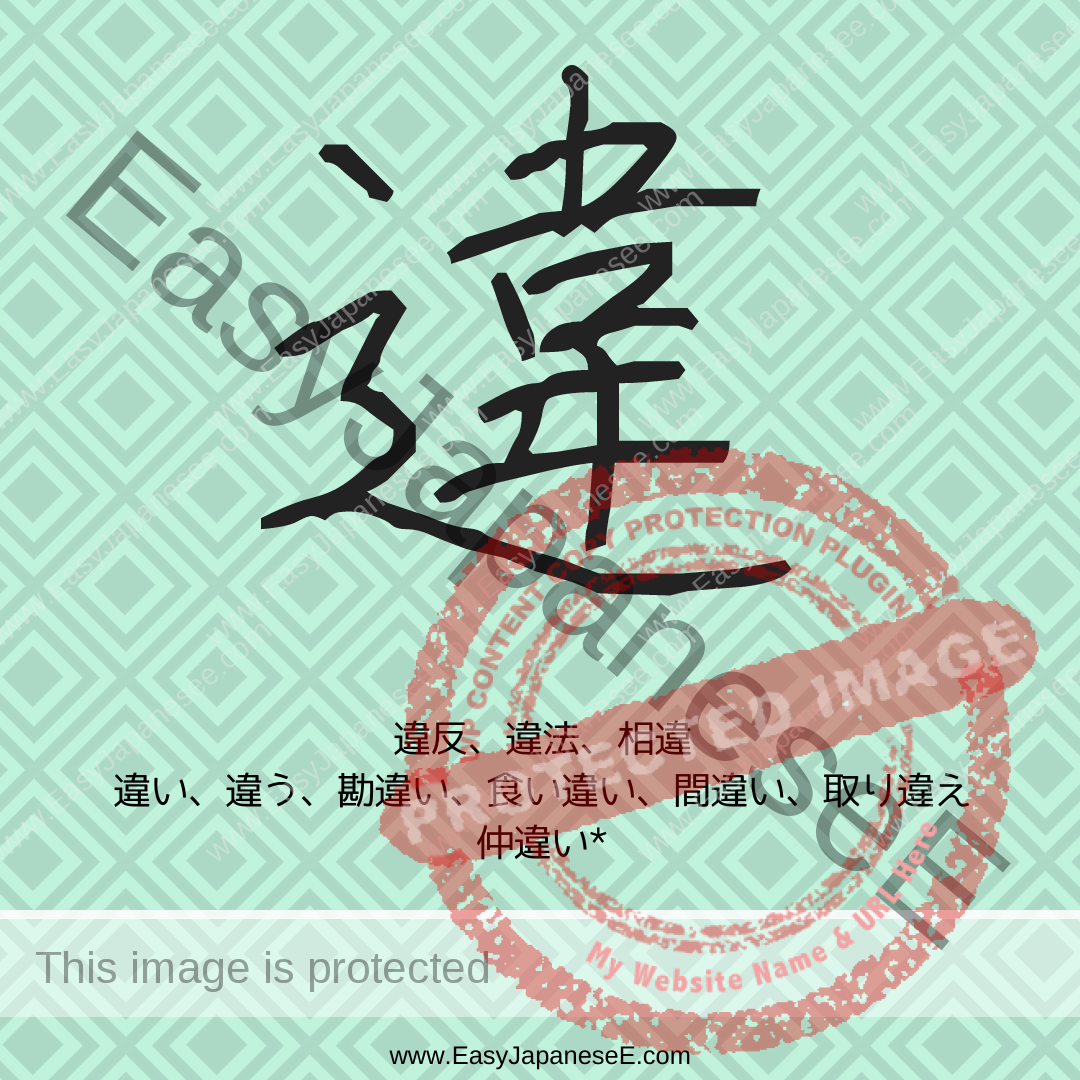
Today’s #kanji is #違, which is made of its semantic element of #しんにょう (辶) and phonetic element of 韋. 韋…
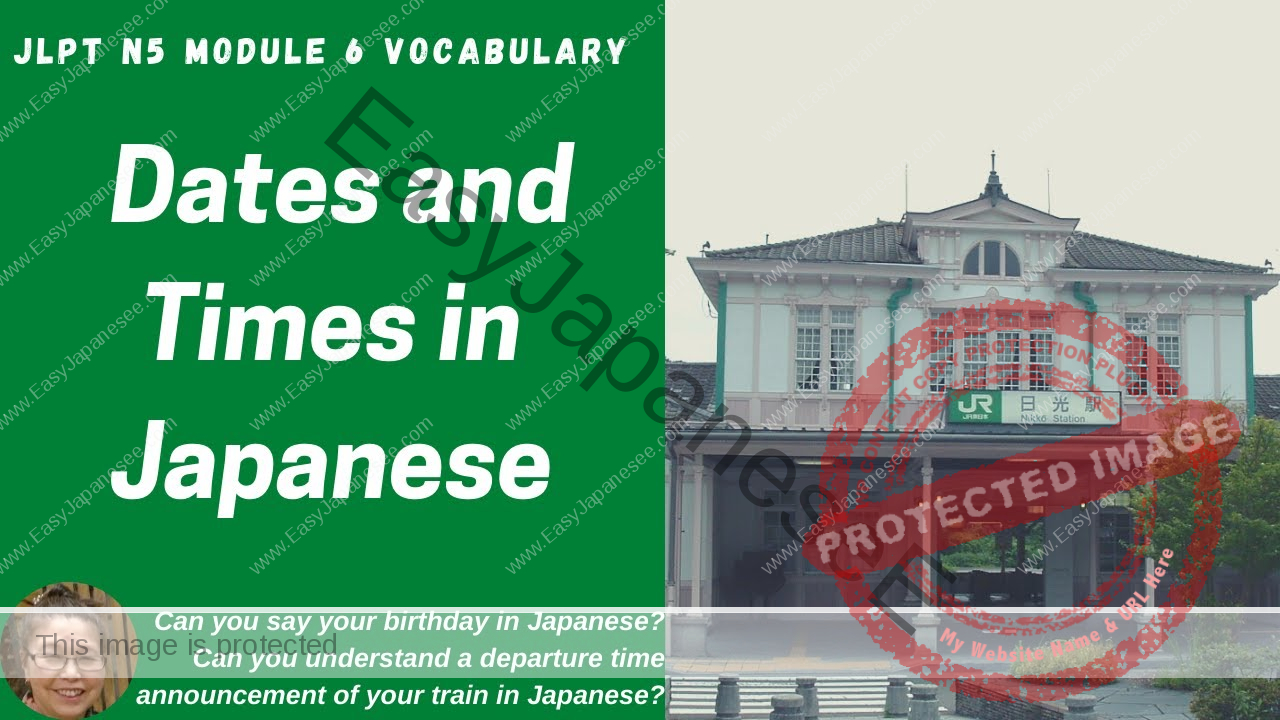
This post explains how we say an exact date and time in Japanese. Watch a YouTube video and memorise…

Yesterday I talked about ~ず(に)which means “without doing ~。” 親おや= a parent, 知しら= to know, ず = NOT, so the…
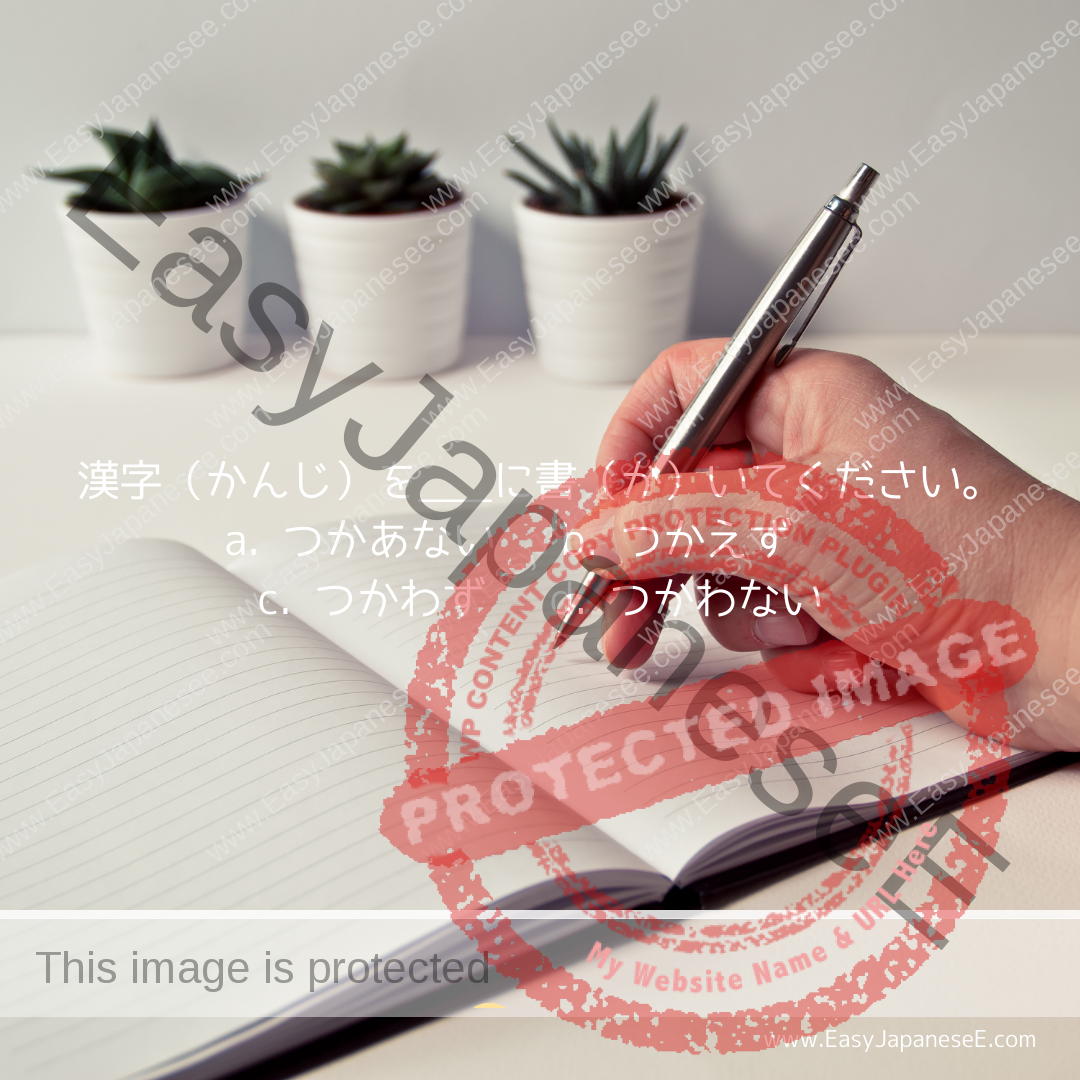
Today’s Question 漢字かんじを____に書かいてください。a. つかあない b. つかえず c. つかわず d. つかわない Today’s Grammar Point: ~ず(に) Connection [~ない form stem] + ずにIn…
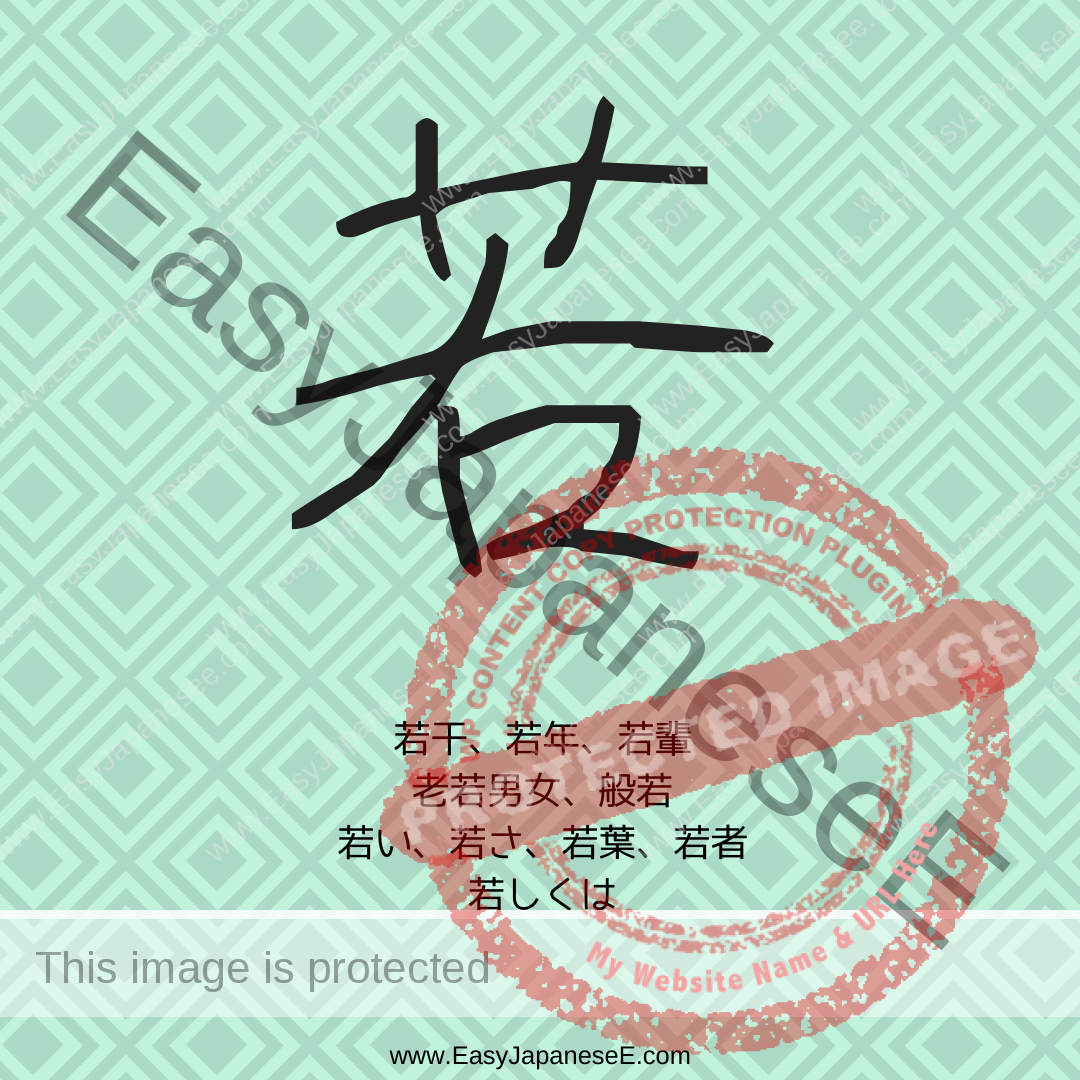
Today’s #kanji is #若, which is a compound ideograph between #くさかんむり(艹) and 右. That suggests this kanji describes the action…

Today’s Question You saw a menu item きょうのおばんざい. You’ve never seen/heard the word おばんざい, so you want to know what…
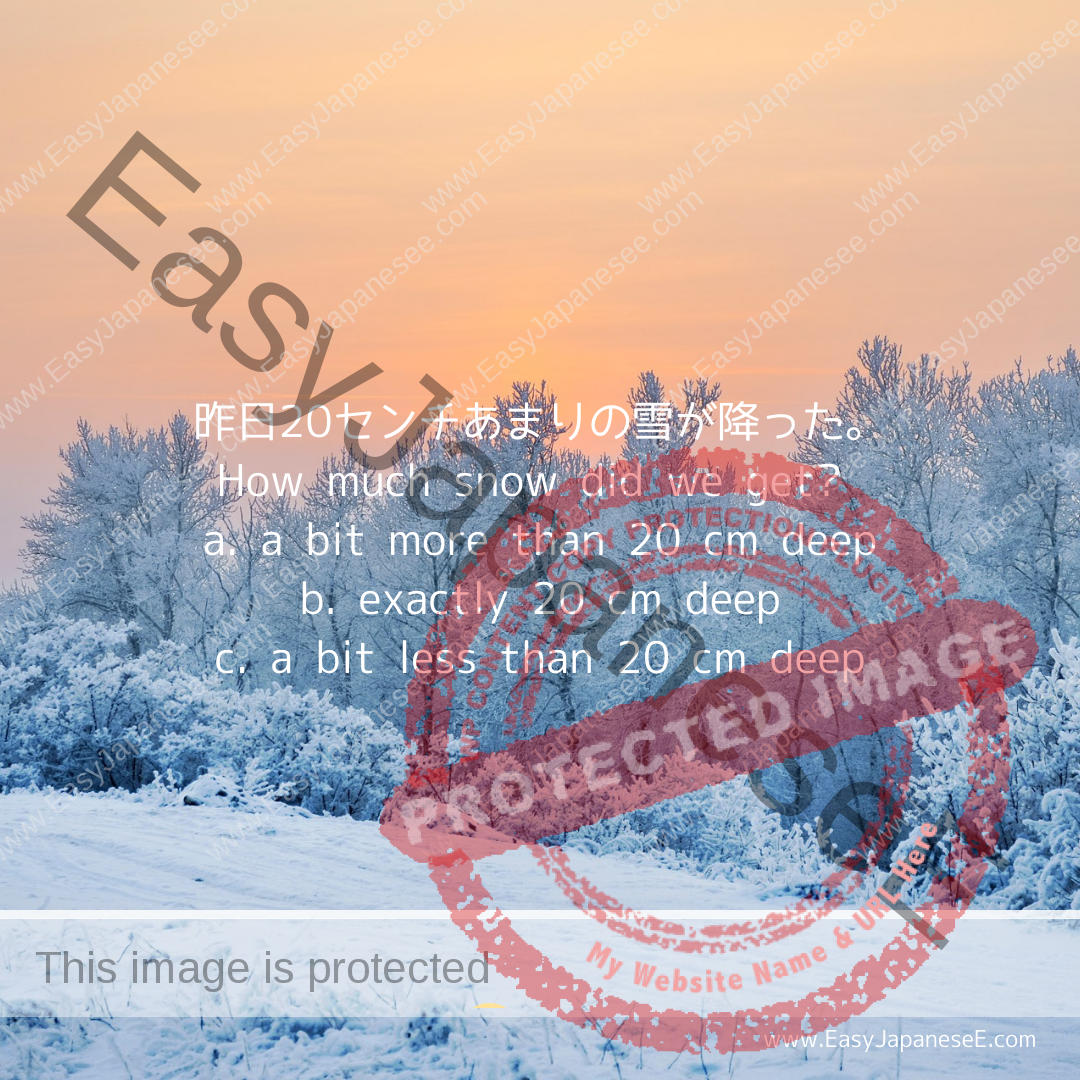
Today’s Question 昨日20センチあまりの雪が降った。How much snow did we get?a. a bit more than 20 cm deepb. exactly 20 cm deepc. a…

How to Convert Polite form into Plain form 1-dan verb 5-dan verb いadjective なadjective/ noun non past affirmative (dictionary form)Click…

Connection いadjective: change the last い into くなadjective: add に Explanation An adjective describes a noun whether it’s placed before…

This post explains how how to use ~の with Japanese adjectives in the same way as the English “one” (as in a “white one” or “large ones”) in Japanese.

How to make てform Connection ~ [てform] … Meaning ~ and ・・・In case of 2 verbs connected, the actions happened in…
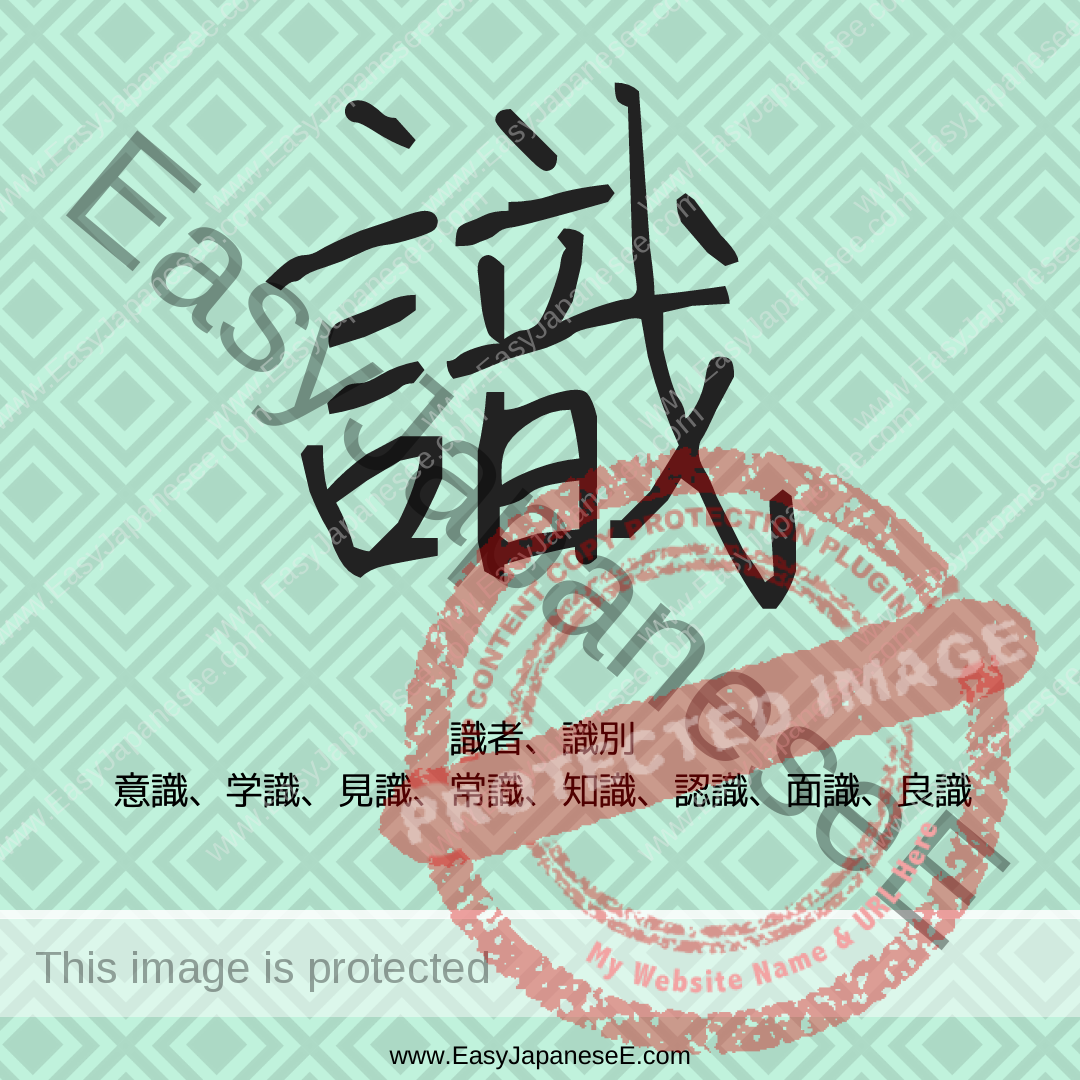
Today’s #kanji is 識, which is made of its semantic element of #ごんべん(言) and phonetic element of 戠. 戠 is not listed in the 常用漢字(ジョウヨウカンジ) list
